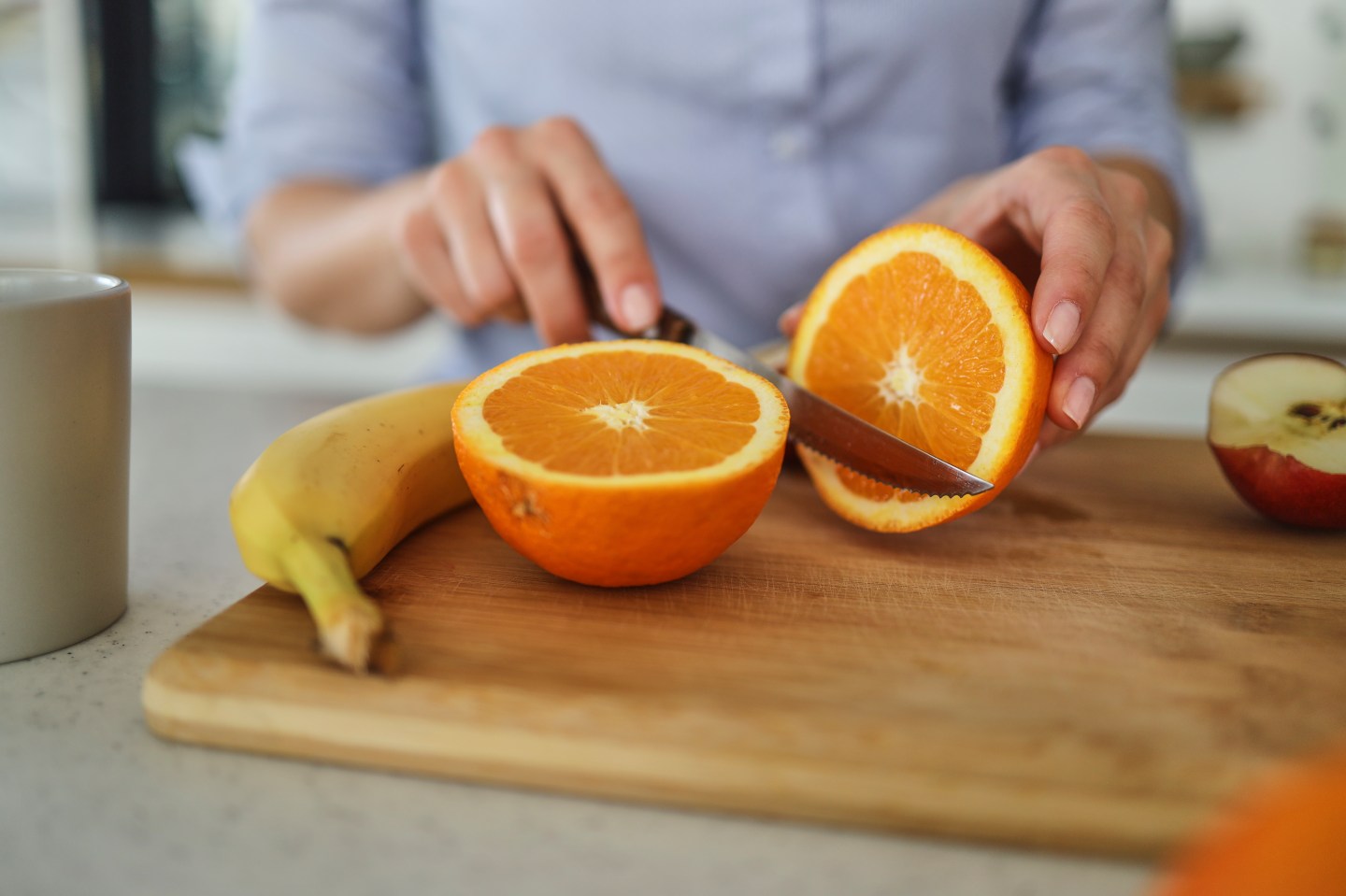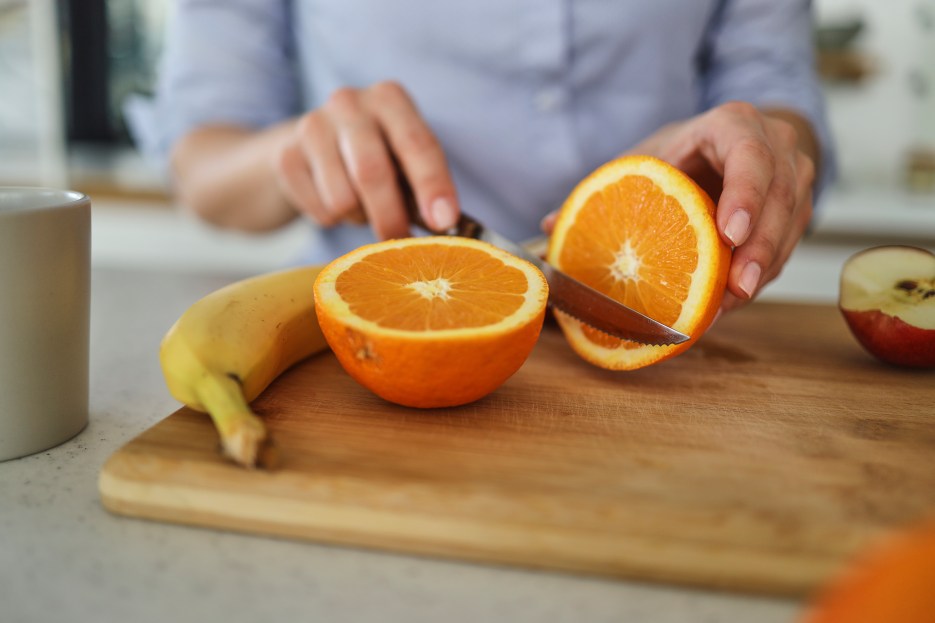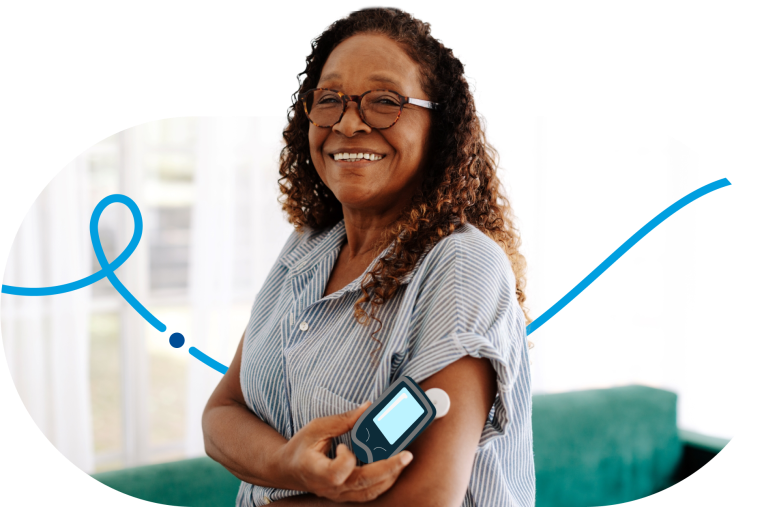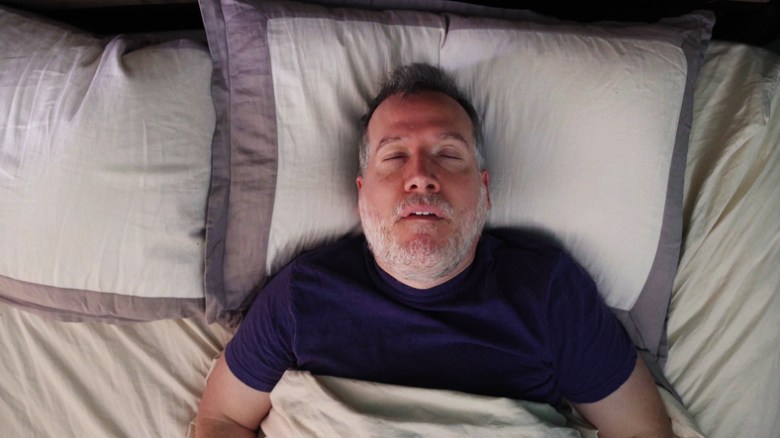How to Manage High Blood Pressure



Whether you’ve been diagnosed with hypertension or you have elevated blood pressure and are at risk of developing the condition, there are steps you can take today to help manage your blood pressure. Making lifestyle changes—and taking medicine if your doctor has prescribed it for you—can help get your blood pressure under control and lower your risk of complications down the line. Here’s your guide to taking charge of your health.
Cut sodium.
The American Heart Association recommends that adults with elevated blood pressure or hypertension limit their sodium intake to 1,500 milligrams a day.
You can cut down your sodium intake by reading food labels for sodium content, eating fresh or frozen fruits and vegetables rather than canned, choosing low-sodium or no-salt-added brands, and flavoring food with herbs and spices rather than salt.
Increase potassium.
Most people know they need to reduce sodium, but they don’t realize that they also need to boost potassium. Eating potassium-rich foods, like fruits and vegetables, low-fat dairy and fish, is important when you have high blood pressure. The AHA recommends including enough potassium-rich foods in your diet to take in 3,500 to 5,000 mg of potassium a day.
Lose weight.
If you are overweight with high blood pressure, working toward your ideal body weight can help lower your blood pressure. Eating a healthy diet and getting regular exercise are good starting points.
Stick with a healthy diet.
One of the most-recommended hypertension diets is called DASH (Dietary Approaches to Stop Hypertension). The DASH diet relies heavily on fruits, vegetables and whole grains, with strict limits on salt and fat. The diet plan, developed by the National Heart, Lung and Blood Institute, has been shown in large studies to be successful at lowering blood pressure, even without weight loss. This diet has been around long enough for the publication of numerous cookbooks that offer new ways to prepare recommended foods.
Exercise for a half-hour most days.
Regular exercise makes the heart beat stronger, which means it pumps more blood with less effort and force on your arteries. Just 30 minutes of exercise most days of the week can benefit your blood pressure—the AHA recommends aiming for at least 75 minutes a week of vigorous exercise or 150 minutes of moderate aerobic activity, plus a few sessions of strength training.
Limit alcohol.
The AHA recommends that people with high blood pressure limit alcohol consumption to no more than one drink a day for women and one to two drinks a day for men. Some studies suggest that drinking more than this may raise blood pressure.
Don’t smoke.
Smoking doesn’t directly cause hypertension, but it escalates the risk of heart and vascular diseases. If you smoke, talk with your doctor about strategies and medicines that can help you quit, even if you’ve tried and failed before.
Talk with your doctor about medicine.
Lowering your blood pressure by eating right and exercising is ideal, but many people with high blood pressure require some medication. If you have been working to make lifestyle changes but your blood pressure is still high, your doctor will likely prescribe one or more pills.
Like all drugs, hypertension medicines can have side effects, especially when taken together or when starting a new medicine. So doctors and pharmacists often want to monitor patients who are on them. The most common side effects from blood pressure medications are dizziness, change in heart rate and palpitations. It’s a good idea to talk with your doctor about your medicine, and any side effects, at every office visit, and to call your doctor between visits if you are experiencing side effects.
© Meredith Operations Corporation. All rights reserved. Used with permission.

















